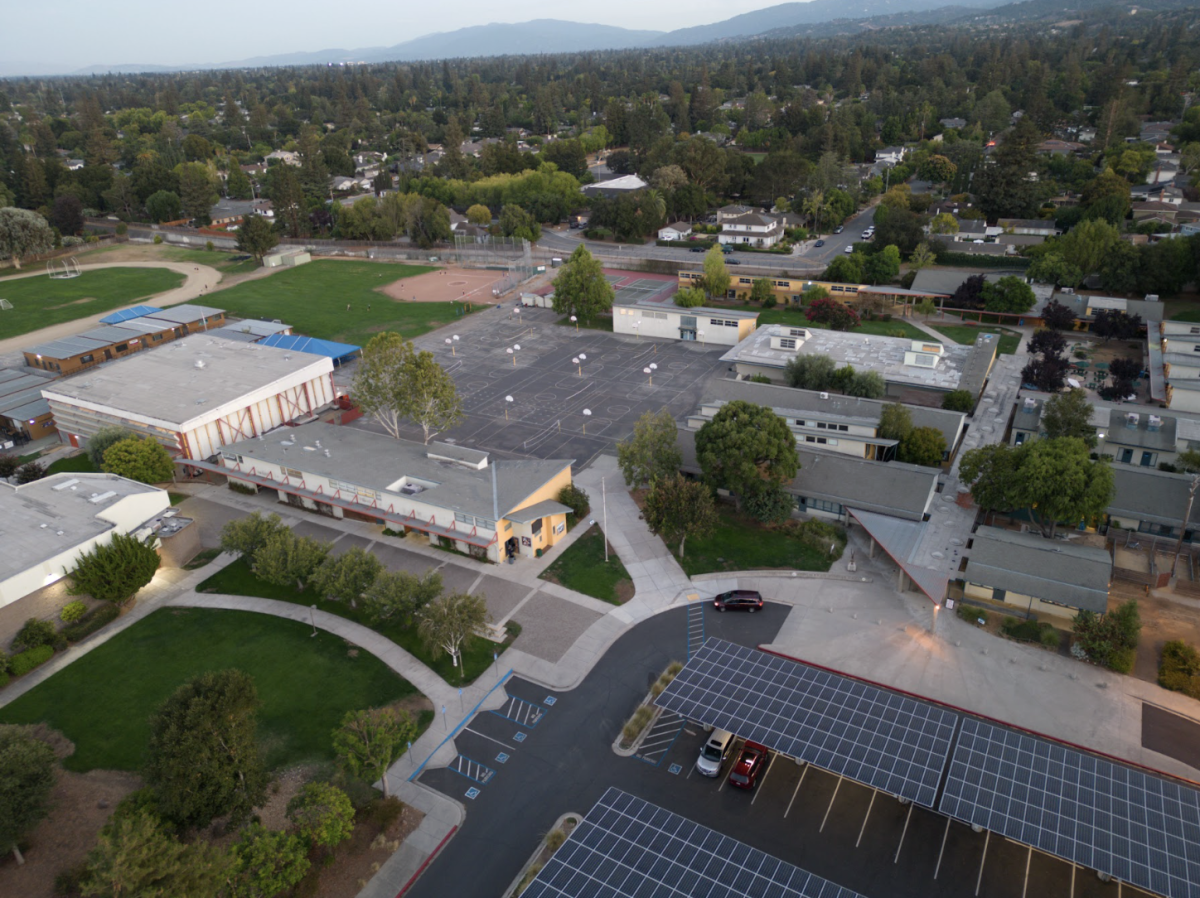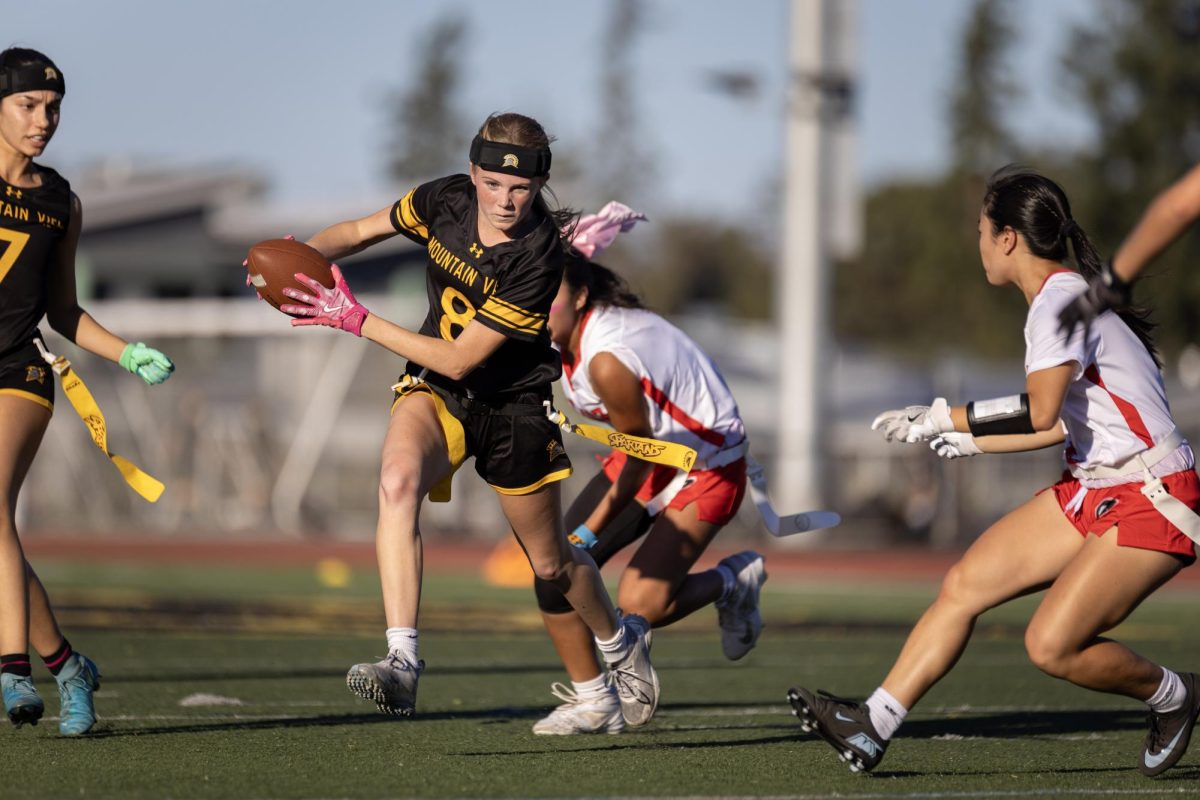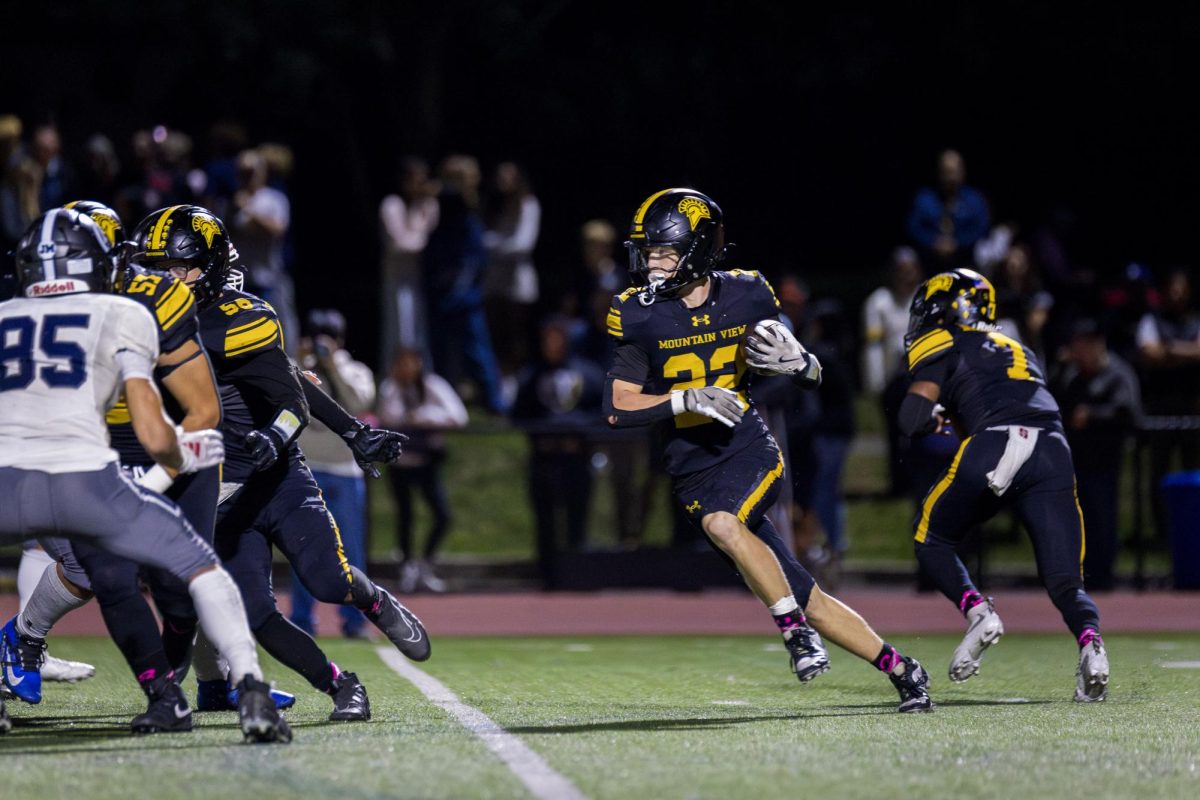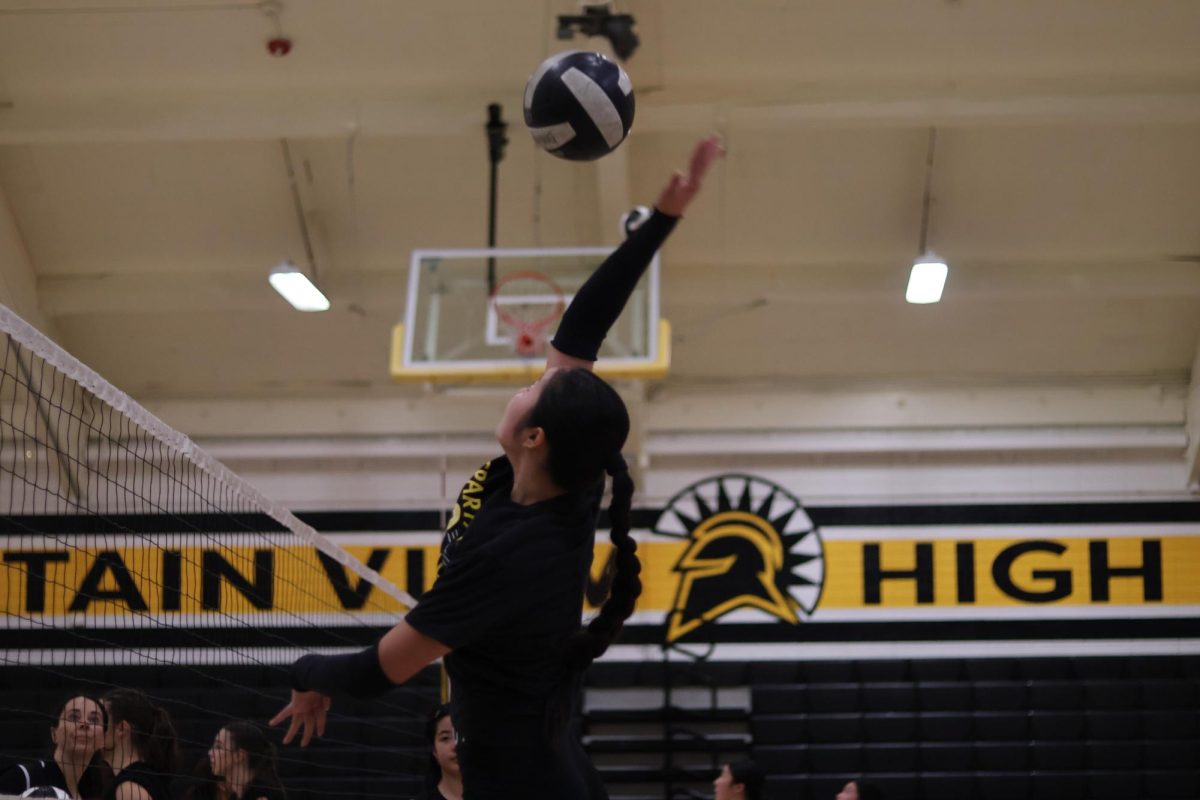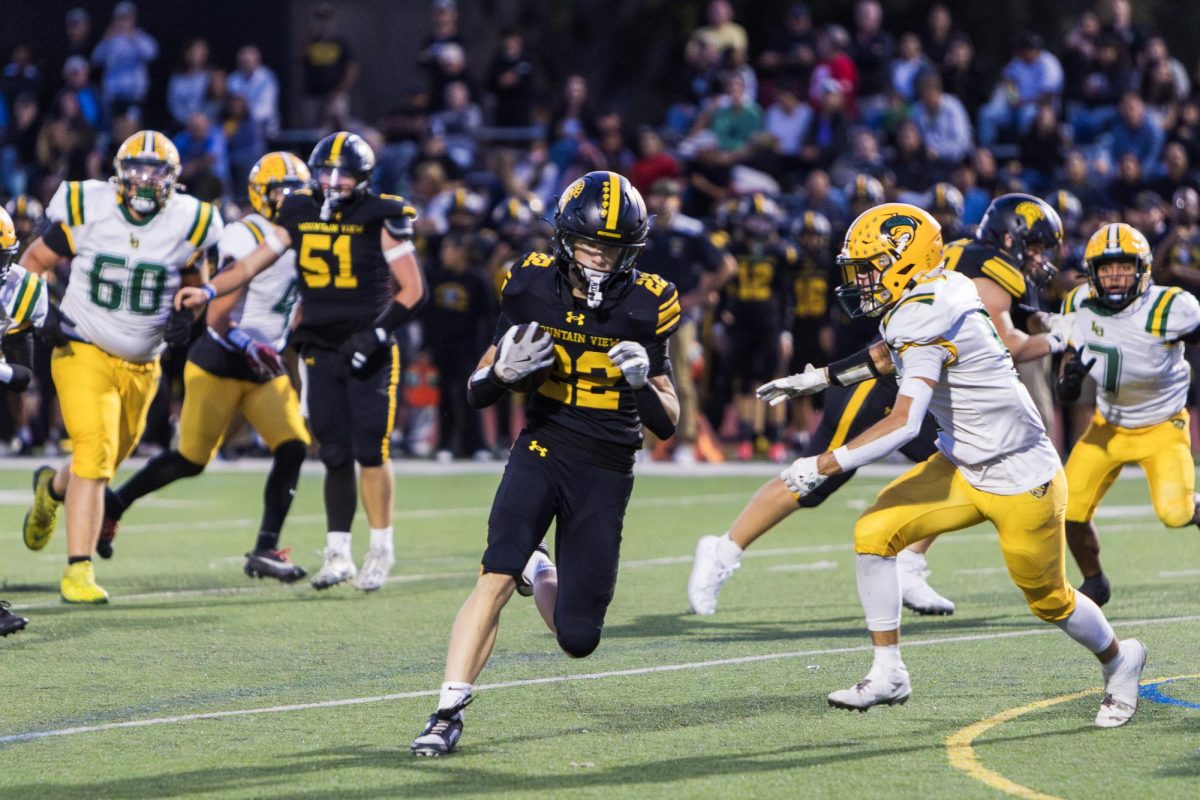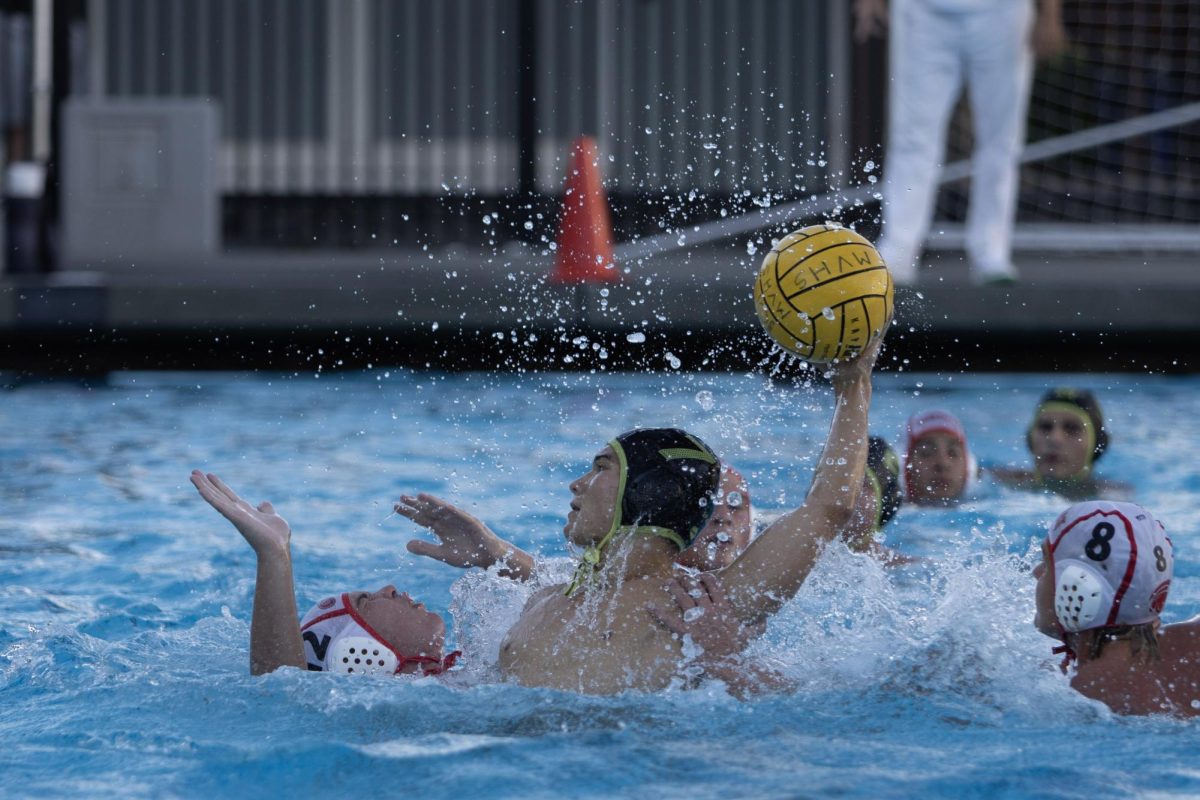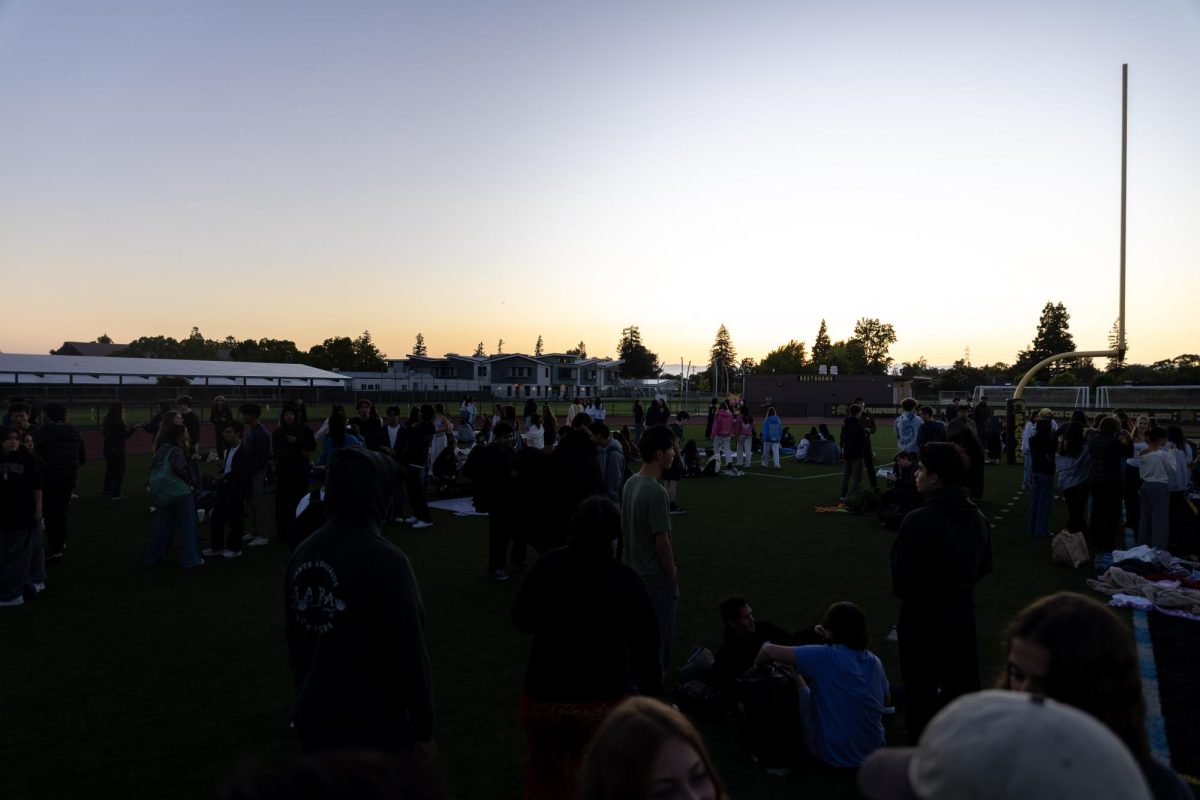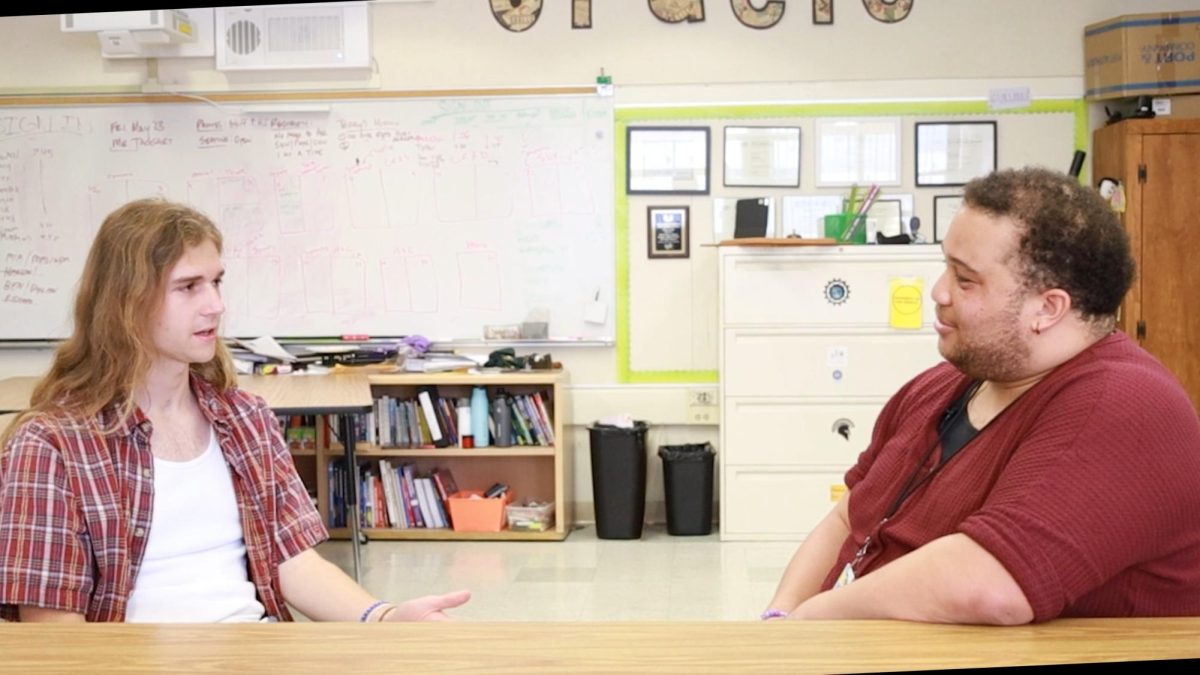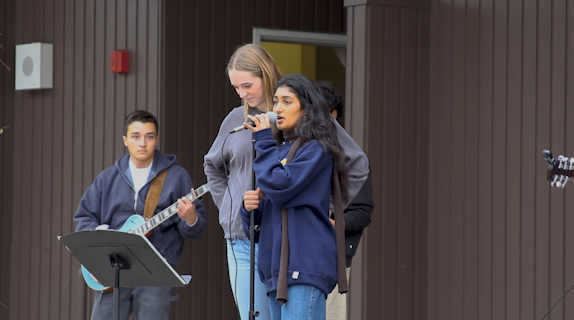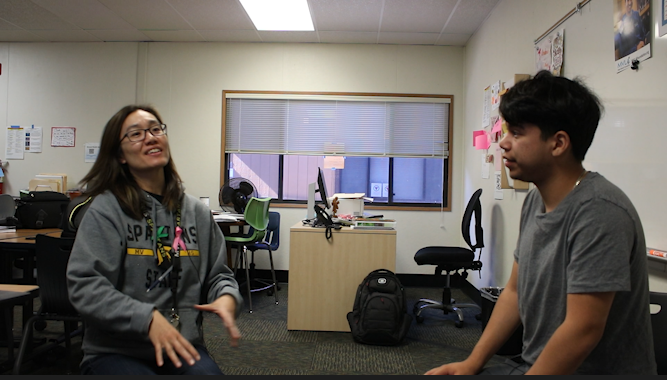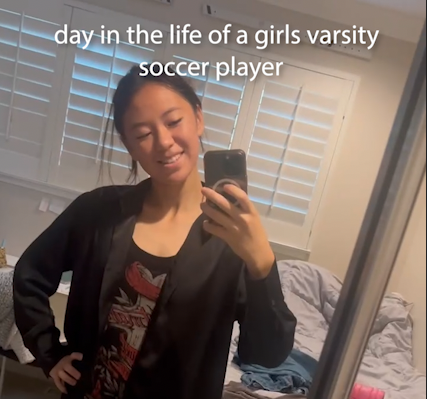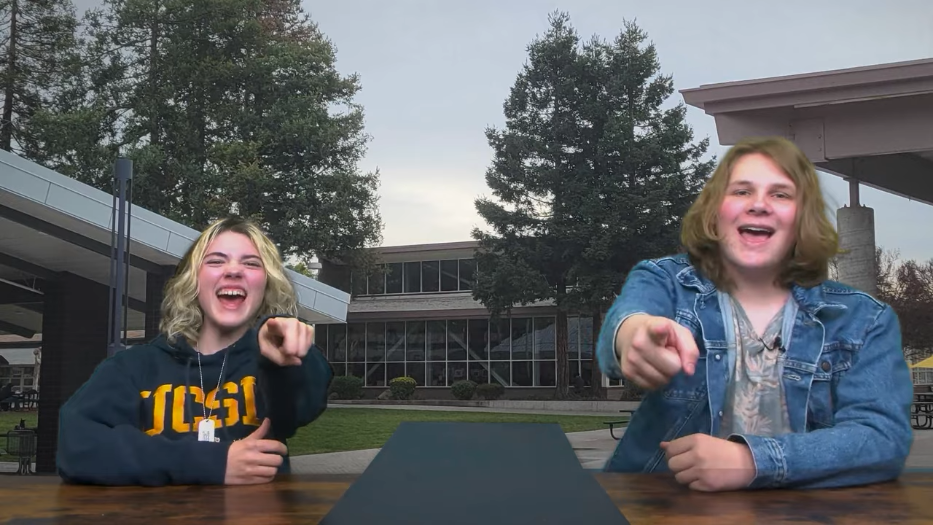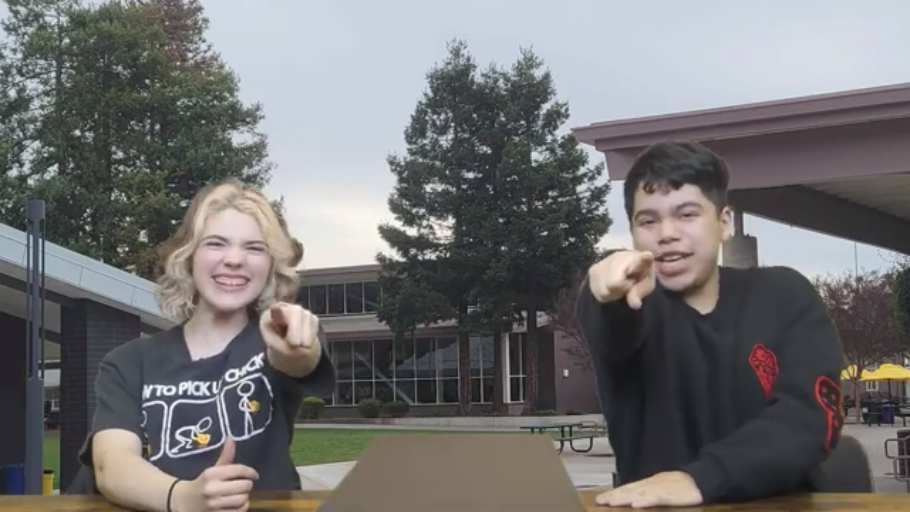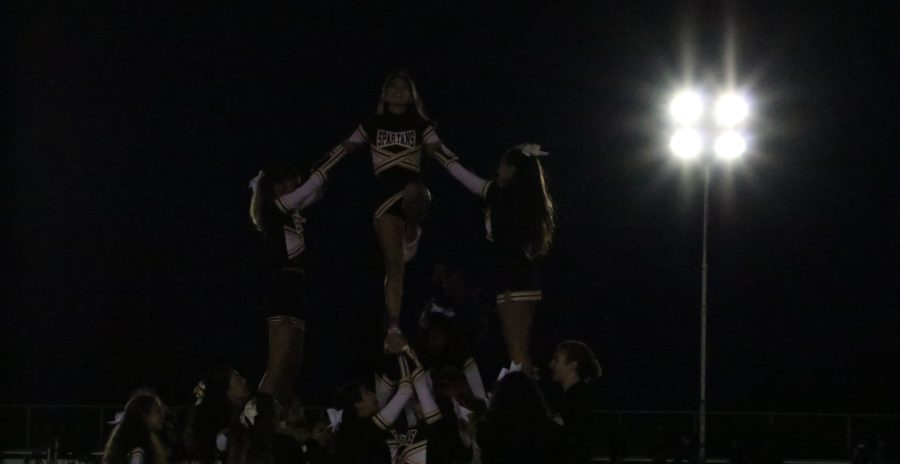On Friday, Sept. 13, the varsity football team beat rival Los Altos High School in the biggest turnout of the season under beaming field lights. The School Board approved the installation of permanent field lights at the meeting in June, so there will be many more of these spirited and crowded nights to come.
“From a performance standpoint, our players were totally psyched up that we had such a big following as opposed to having a game at three o’clock in the afternoon when seventh period is still in session,” Athletic director and varsity football coach Shelley Smith said.
Through the installation of the permanent field lights, Smith said it will put them on par with their competitors. He attended neighborhood meetings in which he represented the athletics department in support of the permanent lights, and he said he hopes that with all the construction happening on campus that the project will happen simultaneously.

“It’s kind of in the hands of the district right now,” Smith said.
Not only is there an advantage in performance and school spirit, there is also a monetary advantage to having games at night, according to Principal David Grissom. Games make up to $3,000 to $4,000 a night when the number of people in the stands goes from a couple hundred during the day to a couple thousand at night.
This money will work to pay off the cost of the field lights, which Grissom said totals to around $500,000.
However, there is still a long process to undergo before the MVHS community is able to experience the benefits of the permanent field lights. Grissom said the next biggest hurdle in the process is a California Environmental Quality Act study, in which the environmental impact of the lights will be researched.
From a performance standpoint, our players were totally psyched up that we had such a big following as opposed to having a game at three o’clock in the afternoon when seventh period is still in session.
Associate Superintendent Mike Mathiesen described it as “a parallel process with two aspects.” The first aspect includes the CEQA study, while the other involves Mathiesen selecting a landscaping architect firm. Despite describing it as a “simple project,” he said they still first need approval from the Division of State Architect.
The CEQA study can take up to 38 weeks, in which the district has the time to review their findings from the study, draft new findings and reports.

Instrumental Music Director Jason Kneebone said the band has already begun preparation for the permanent field lights by reducing morning practices. He added that the agreed upon outline for the field lights usage allows for marching band to use the lights one night a week until 8:00 pm. Kneebone said he sees the band able to better replicate their performance environment with practices under the lights.
Although many people in the district were in support of the permanent field lights, several neighbors stood against the decision.
Community members such as Heather Lattanzi came to meetings where anyone could express their concerns, such as noise, light pollution, and students driving at night, in order to create a usage policy that accommodates everyone.
“As soon as people started sitting down and talking, once we were listening on both sides, things really started taking off,” Lattanzi said. “Communication really started flowing once I knew someone was hearing us.”

